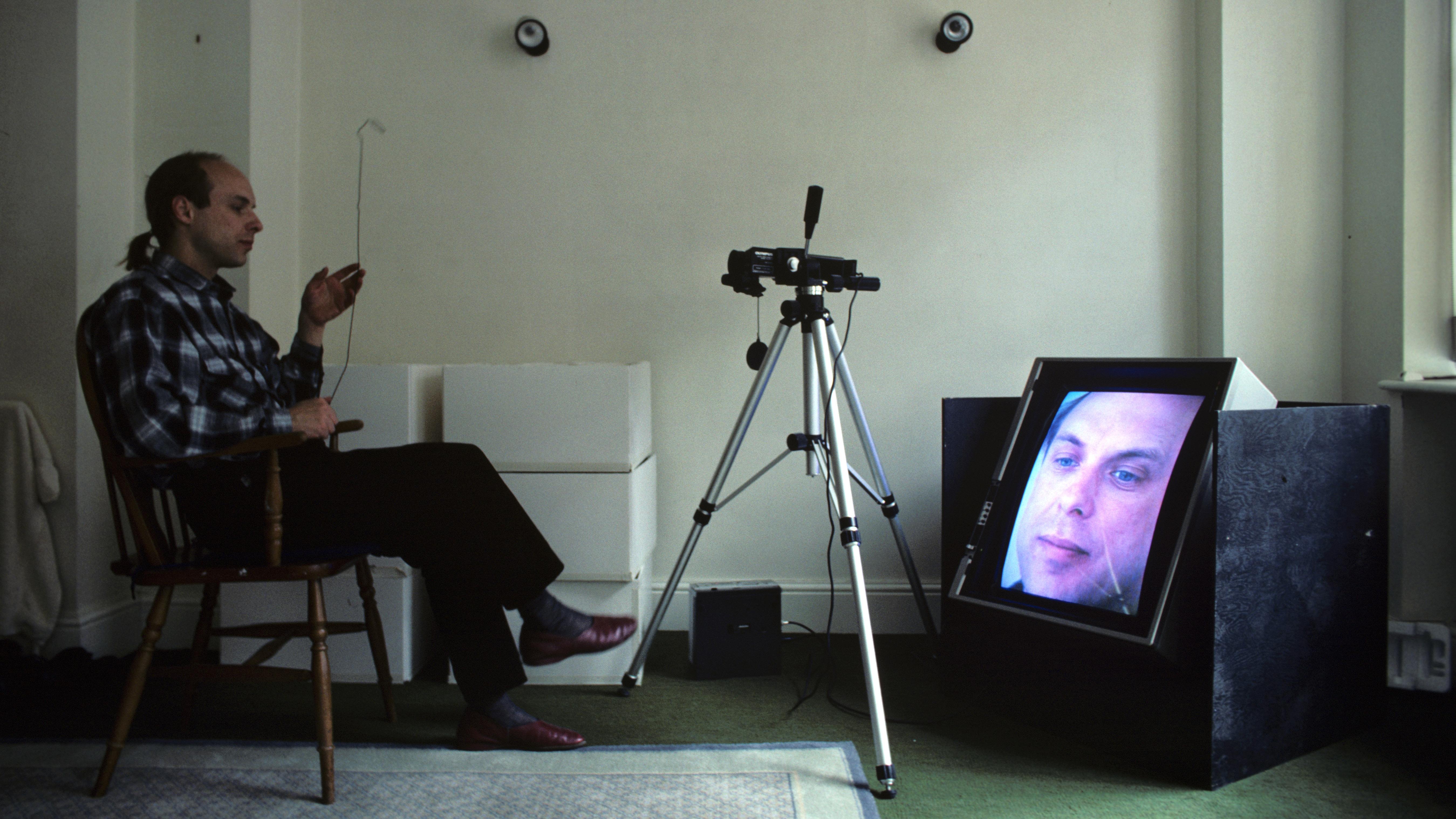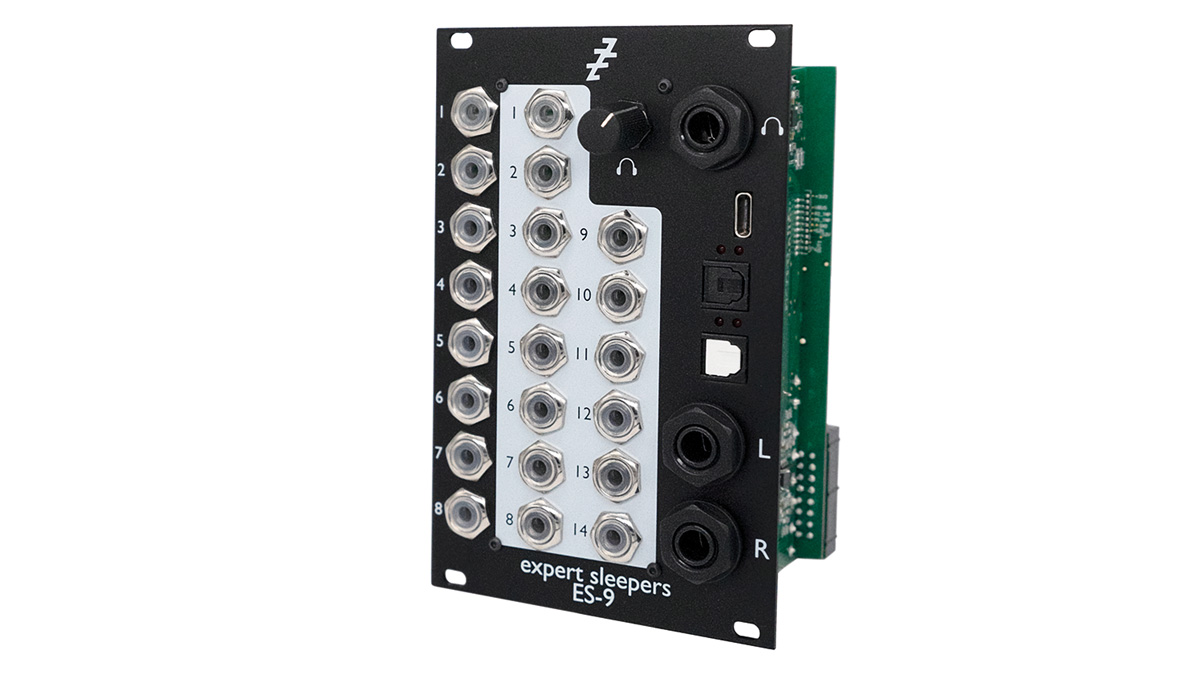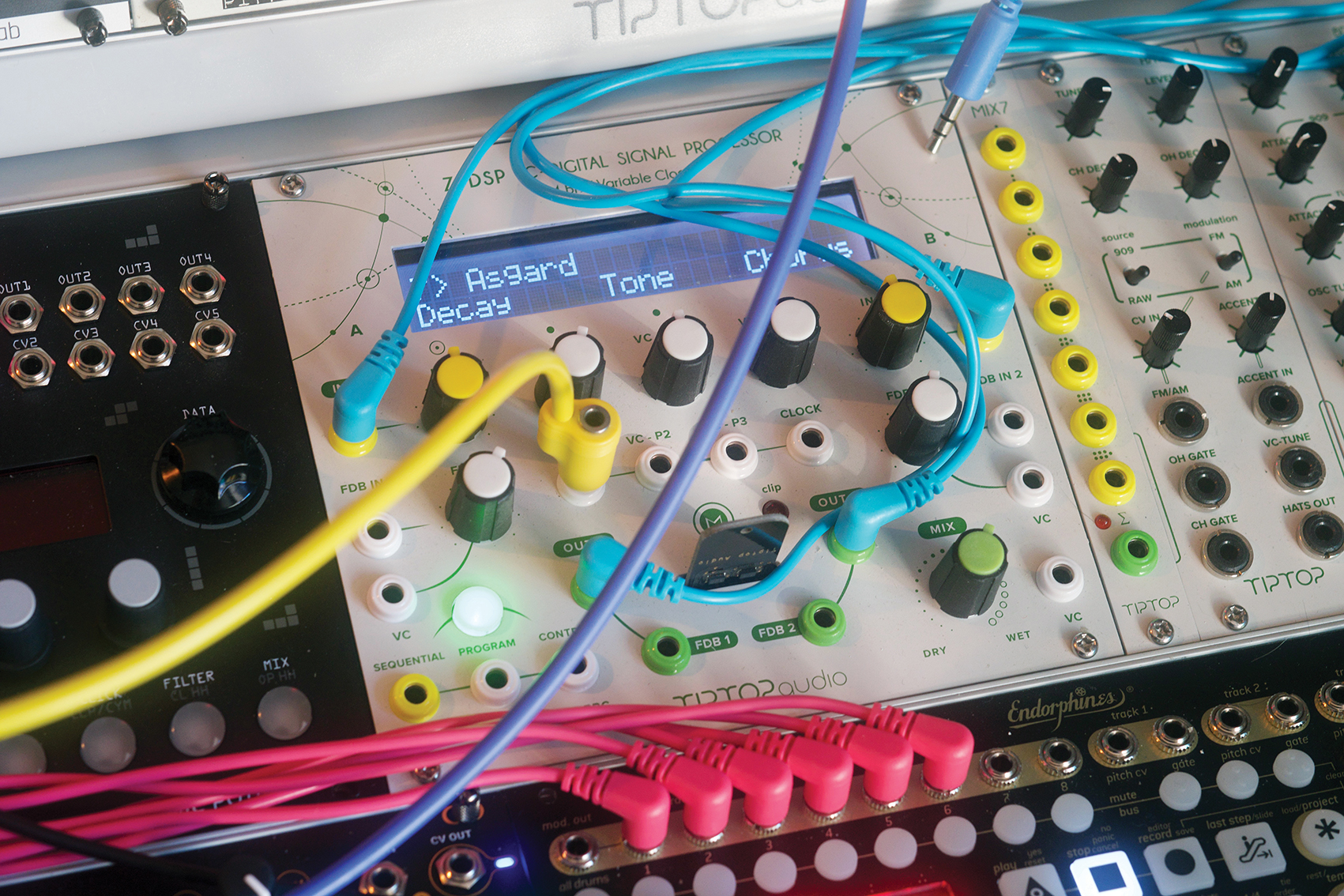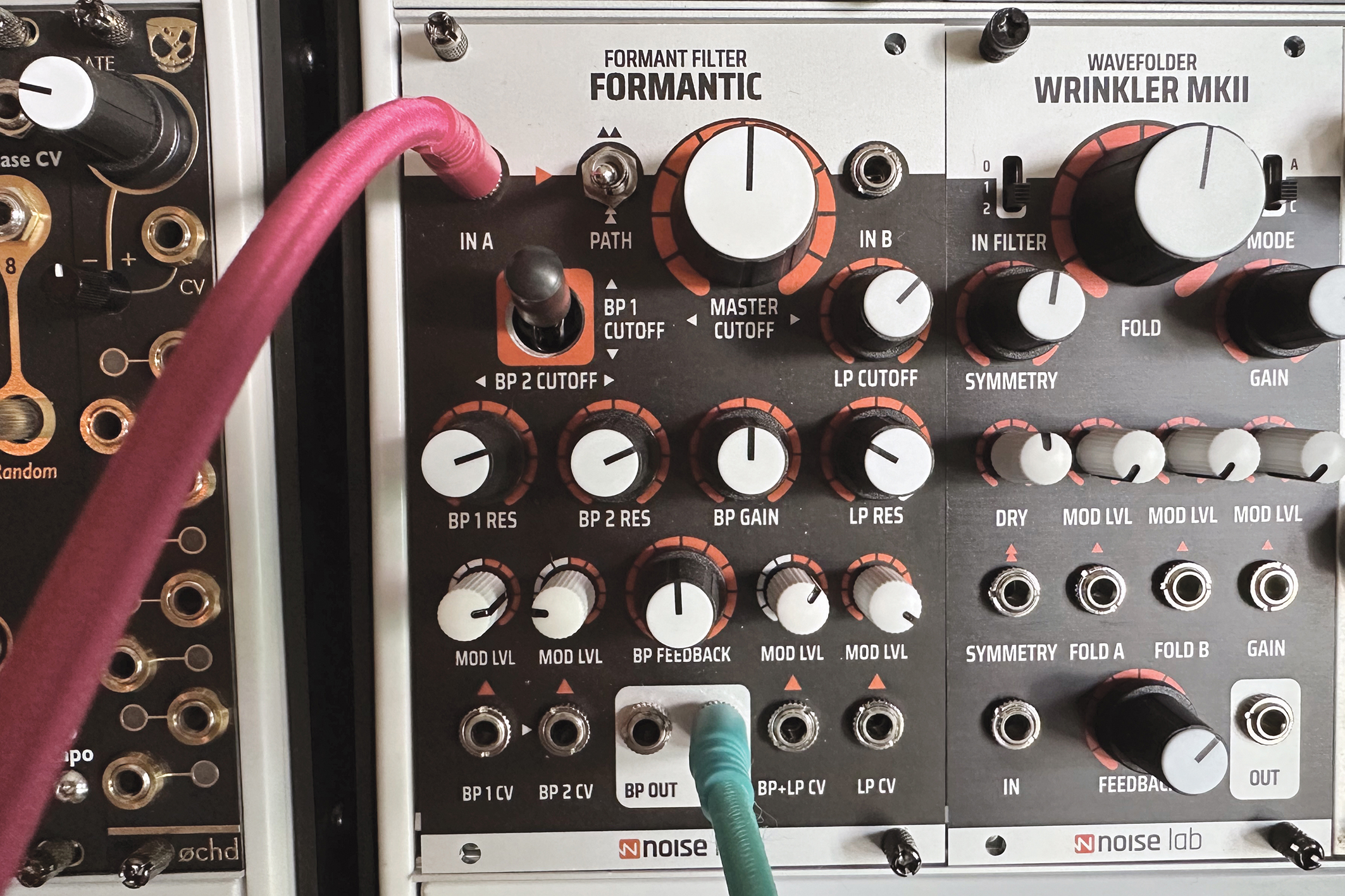How to design an ambient drone with your Eurorack modular synth
We show you how to build a mutating and evolving drone sound, adding some modulation and pitched elements to keep it engaging

SYNTH WEEK 2024: For any eurorack modular aficionado out there, ambient music will most likely be on your radar, even if it’s an area you haven’t dabbled in. But what does ambient mean and how do you start creating it?
Well, the answers to both questions are many and varied, so let’s start with the first. Ambient can be classed as dark, cyberpunk, meditative and much more but the common thread running throughout all sub genres is a lack of melody.
Ambient tends toward the textural and is mostly about designing soundscapes and avoidance of anything that will make you hum along or tap your foot. This disregard for memorable tunes is aimed at calming the mind, aiding focus; many consumers use it as a kind of white noise, to be appreciated in the background while they work or sleep. Certain subgenres do feature lead instruments but even then they tend to be wandering and don’t adhere to the usual verse, chorus structures of non-ambient music.

You’ll likely find these in the sub-sub-genre of Blade Runner style music. Much ambient music is bedded in the idea of a slowly evolving drone. Most categories use this as a foundation, sometimes with a natural element like rain or wind sounds, which help tie everything together and form a subtle background to the synth parts.
To answer question two, there is an even greater abundance of answers. As with everything modular, there are multiple ways to achieve similar results, with as many options for modules to create them. We will look at building a mutating and evolving drone here, adding some modulation and pitched elements to keep it engaging (but not too much).
When approaching this kind of thing modulation is key to success, both short, noticeable changes to keep the ear interested, alongside longer modulation which aims to prevent things becoming stale. It can be useful, especially in a smaller rig, to use sound sources that offer ways to modulate, ideally with CV control. That said you can do it with a basic oscillator, taking that into filters and effects. For my examples we’ll use a handful of modules but king amongst them will be Instruo’s OCHD, our all-time favourite module.

Best Eurorack modules: essential oscillators, filters, utilities, effects and more
This is eight LFOs in one tiny module and it is epic. Secondly will be Mutable Instruments Tides, which has a lot to offer for interesting modulation, amongst other things. We’ll be using two main sound sources. First RYK’s Algo, a fantastic FM voice which we’ve chosen as it has good CV inputs for modulation and sounds gorgeous. Second is Poly Cinematic by Knobula, as it has a built-in envelope, filter and even a reverb. These two have distinct characters, so they won’t fight each other.
Want all the hottest music and gear news, reviews, deals, features and more, direct to your inbox? Sign up here.
The rest of the signal chain will be Endorphin.es’ Ghost, a great end-of-chain module with a few tricks, plus a big spacey reverb, courtesy of Z-DSP by Tiptop Audio. We’ve picked this as the Valhalla and Shimmer chips have some beautifully huge spaces.

OK, so we could go with just those and use a single note but it’s likely we’ll want some kind of sequence. What you use for this doesn’t matter much. Marbles or Pam’s Workout would do the job, as would any more traditional sequencer but we’ll use Cycle Instrument’s Tetrachords. This is a beast of a module, with the ability to create happy accidents, planned melodies, with scope for lots of modulation of pitch patterns. It can also work with CV and midi to help ease patching.
A final must-have is a method for mixing. Ideally being able to modulate in stereo. A quad VCA could work, but if you have access to a dedicated mixer module, make the most of it. Alternatively if you record into a DAW, something like an Expert Sleepers ES-9 is perfect.
One last note. There’s a trend to have a background of rain or atmospheric noise. If this is your bag, a sample player is probably the easiest option. We have a couple of Tiptop ONE modules for just this type of thing. They are tiny but powerful. Above all, experiment!
Laying a foundation
For some, a slowly evolving drone is all that is needed for a satisfying ambient piece, so let’s take a look at how to build one. This can be simple or complex but to start with, keep it basic. Even a single note can work wonders with the right modulation. We’re using the wonderful RYK Algo for this but you can use any sound source you like. The Algo works well as it can be modulated in interesting ways, from wave folding to cross mod and each of the four operators.
The direct results can be a touch harsh, for ambient at least, so choose your favourite filter to take out some of the fizz but modulate that too, then we can finish off with a simple reverb. Or, if you have a granular module, patch the sound source into that for even more texture in your drone. Here’s how we set up our patch.

We’ve tuned RYK to a single note, no volts per octave, as this is a simple drone. The output goes via a filter, to tame some fizz, then into Z-DSP for some long decayed spacey reverb, where the wet mix is set to about 65% and a long decay. This sounds OK but is a bit static overall.

Modulation comes from Tides. The overall setting is mostly a slow ramp up with a sharper decay. The first output is sent to a mult, then on to the warp and cross mod CV inputs of Algo, bringing some much needed movement to the drone. The second, slightly offset output is feeding Algo’s Fold CV.

This makes for a nice, evolving drone but it gets a little harsh at times, so we’ve used Ripples to dial back some of the top end. There’s a really slow modulation of the cutoff coming from OCHD, attenuated so as not to overpower things. The decay of Z-DSP is also modulated by OCHD for some spacey swells.
Patch a generative ambient piece

Tetrachords is our weapon of choice, followed closely by Marbles but any random voltage generator passed through a quantiser can work too. For something more melodic, choose your sound source of choice and patch your CV into the volts per octave. Tetrachords has the ability to run different patterns, which can be selected manually, or cycled through via CV, bringing a little evolution to the track.

Tempo is less important for ambient music than other genres but you may still want a master clock, to let you match changes and retain control over modulation. There’s nothing wrong with having everything loose and freeform but if you want synced triggers, something like Pam’s is the perfect choice. Partly as it’s a solid clock but can also perform as a modulation source in its own right.

Modulation is key: start by patching a random voltage from Pam into Mod 6 on Tetrachords, to change our pattern. Patch a second mod source into Mod 1 and use this to choose a root note, by holding Mod then pressing button 1, followed by a quick turn of the root note knob. The mod source can be anything, from a basic LFO that cycles, to a random voltage, which will pick a note for you.

To add to the evolution of the piece, modulate the tone as well as the pattern to prevent things sounding stagnant. This can vary depending on your sound source, from pulse width to filter cutoff or resonance. A slower rate of change works better here, as does subtlety, so attenuate modulations. If it’s cut off, extremes can sound too harsh. Play with different wave shapes for less predictable changes.

While playing with a standard filter cut-off is a favourite for many, it can pay dividends to look further for tonal changes. Noise Lab’s Formantic is used here, as it produces wonderfully varied tones, which can be modulated by cv, but also has a convenient little joystick. This not only sounds great but connects you to your music in a way that pure patching would not.

Adding a touch of analogue flavour can give the final output a tasty retro feel. You could do this in the box but there are a few modules that can help. We’ve opted for Modbap’s wonderful Hue, which has a number of tools for a lo-fi feel. Tape is the obvious choice here, with a little compression and hint of drive. These can be modulated too but keep things subtle, or you’ll get a messy output.